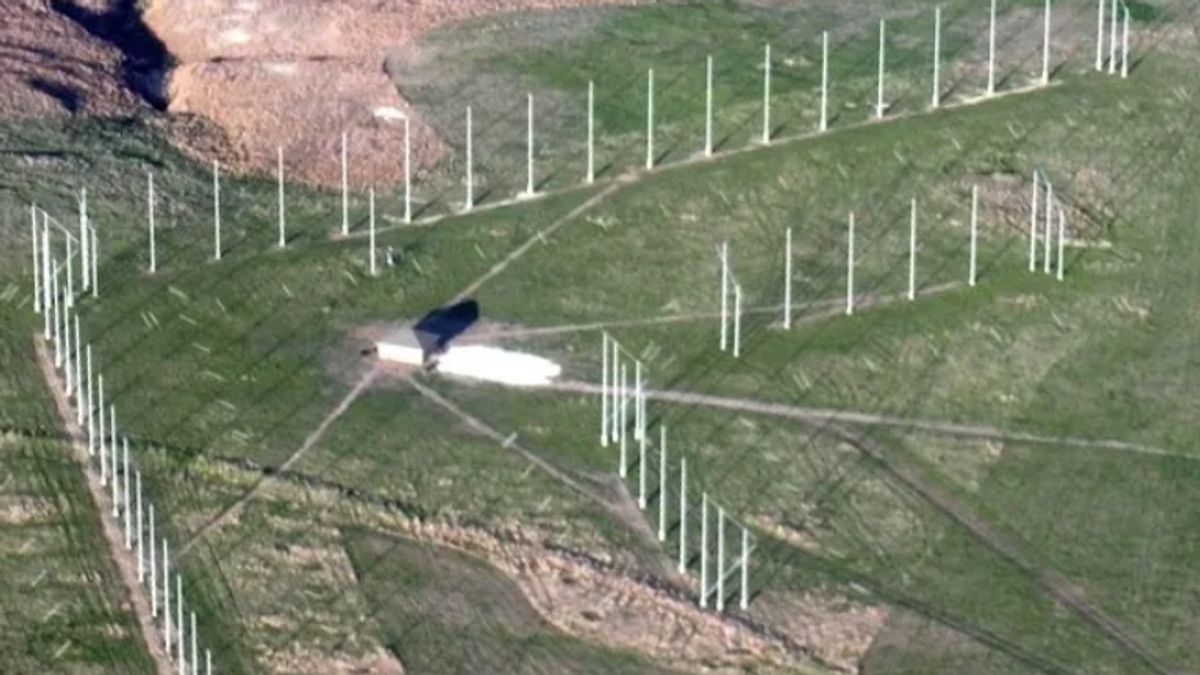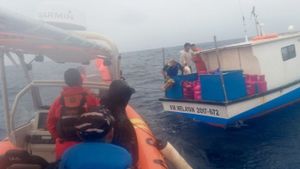JAKARTA The total solar eclipse will cross the United States region on April 8. When the natural phenomenon occurs, three NASA-backed experiments will study the ionosphere.
The ionosphere is an atmospheric layer located at an altitude of 60 to 600 kilometers. Part of this atmosphere is formed because sunlight separates negatively charged electrons from atoms and creates positively charged ions.
Therefore, the ionosphere really needs the Sun. During the phenomenon of a total solar eclipse, scientists will observe its impact on the ionosphere layer. These observations will be carried out with three NASA-funded technologies.
The first technology to be used is the Super Doubles Radar Auroraal Network (SuperDARN). Based on NASA's explanation, this technology will reflect radio waves from the ionosphere and analyze density data, temperature, and location of the ionosphere.
Bharat Kunduri, one of the scientists who will be observing SuperDARN data, said the technology, 'will operate in a special mode designed to monitor changes in the ionosphere on a better spatial scale.'
SEE ALSO:
Next, the ionosphere will be observed using radio technology at the Ham Radio Science Citizen Investigation (HamSCI) project. This NASA-financed project will involve amateur radio operators from various countries around the world.
All of these radio operators will send each other and receive signals before, during, and after a total solar eclipse occurs. This is done to determine the influence of the loss of sunlight on the radio signals they use.
NASA's last project is RadioJOVE. When a total solar eclipse occurs, scientists at the project will use radio antenna equipment to record the radio bursts emitted by the Sun.
The English, Chinese, Japanese, Arabic, and French versions are automatically generated by the AI. So there may still be inaccuracies in translating, please always see Indonesian as our main language. (system supported by DigitalSiber.id)


















